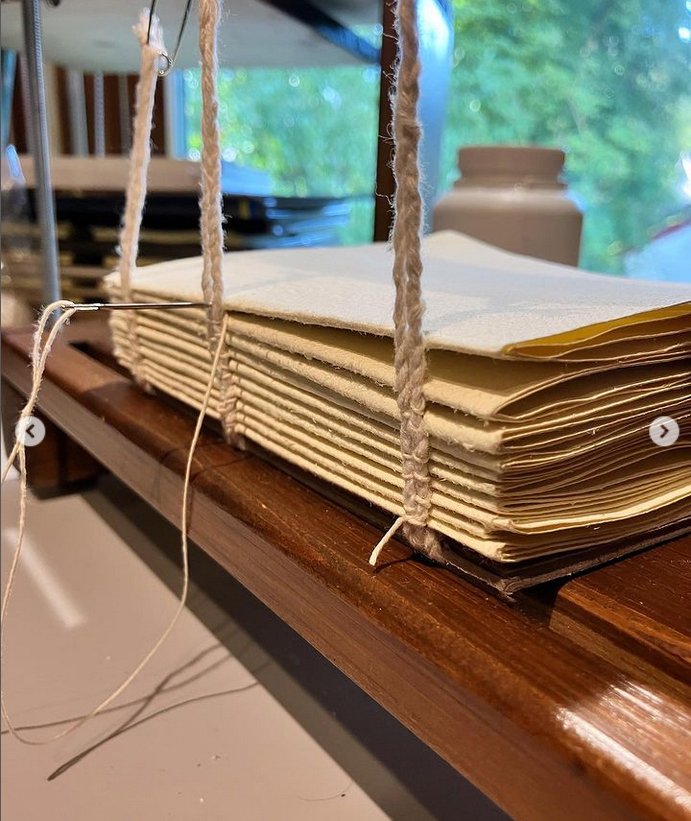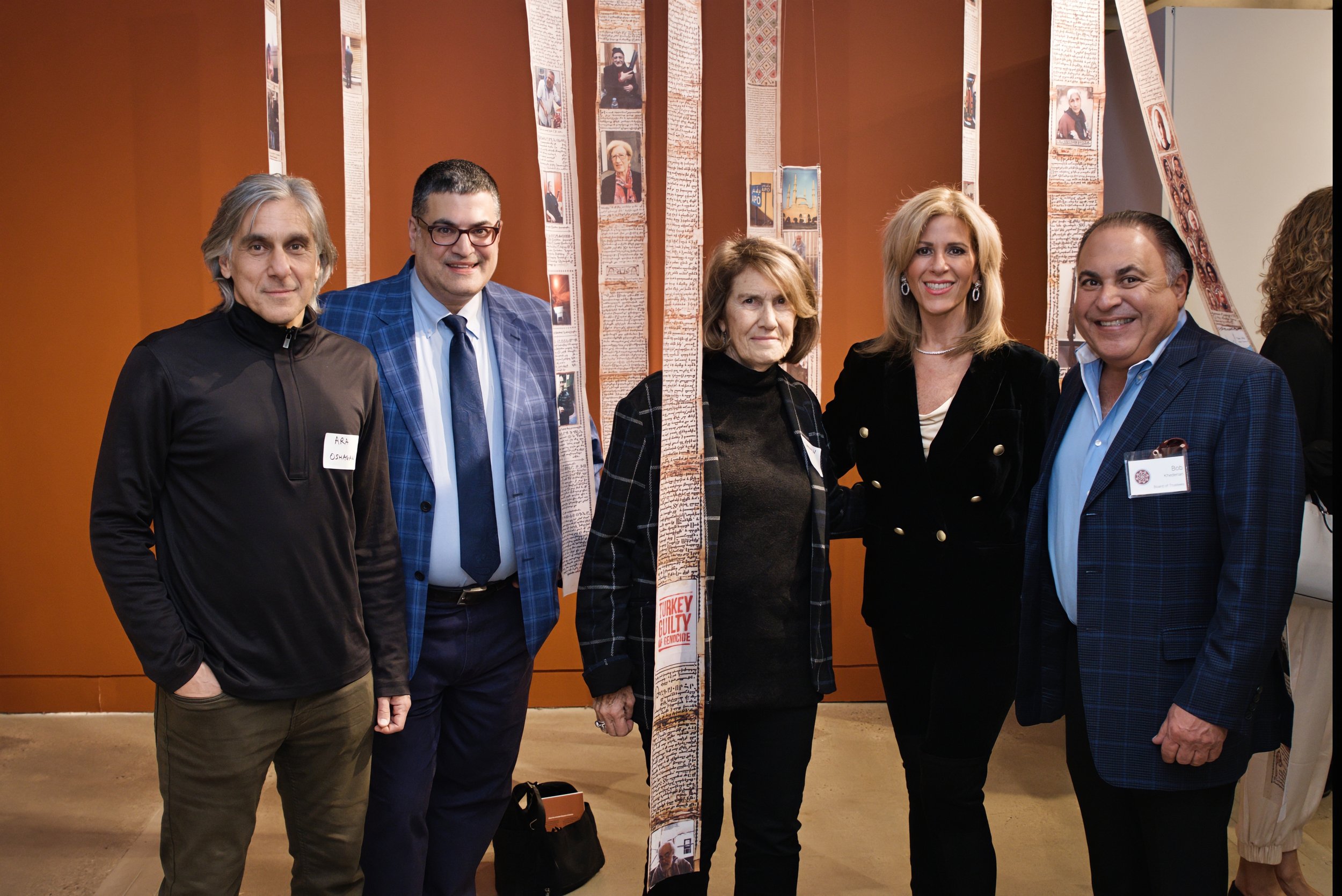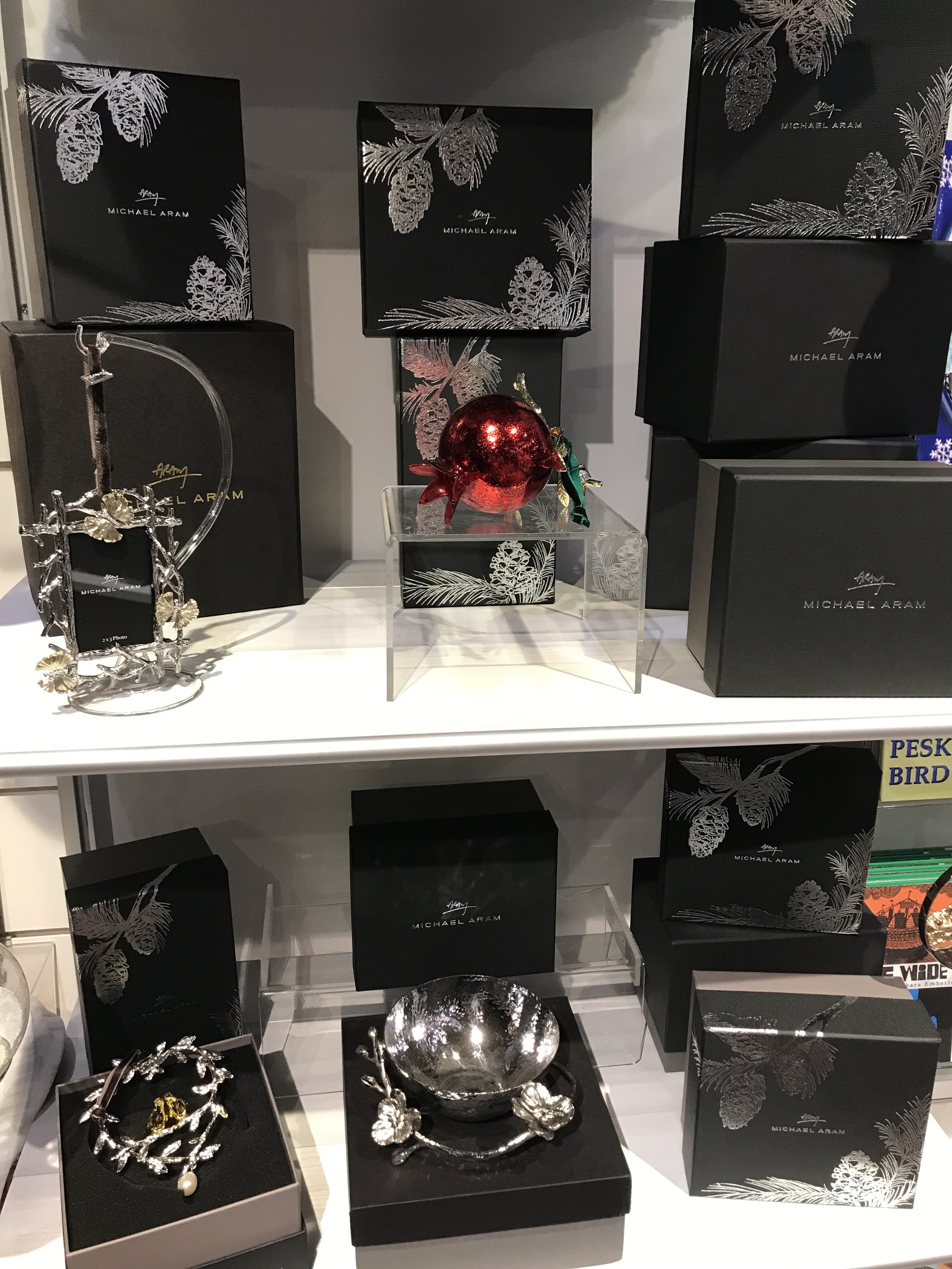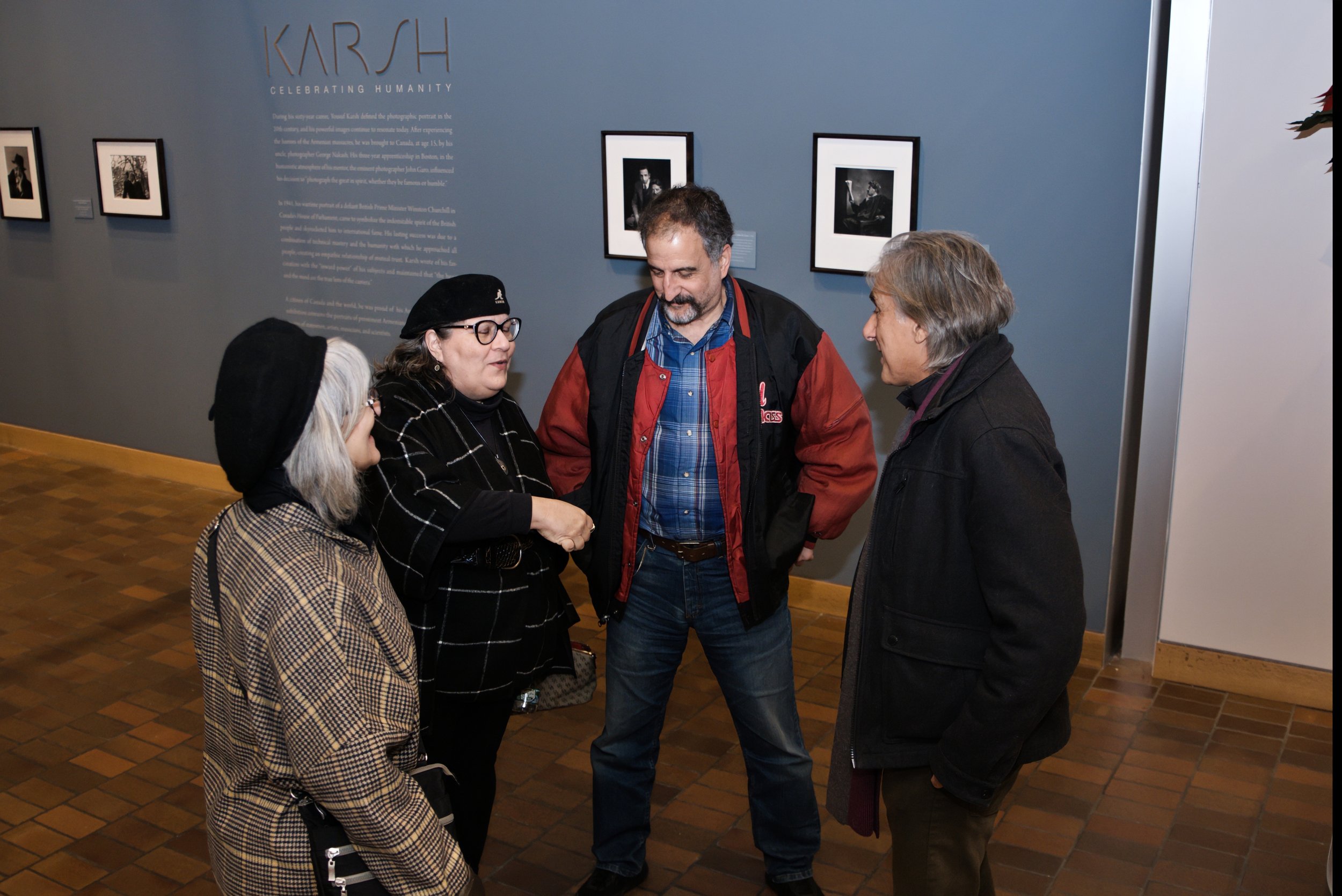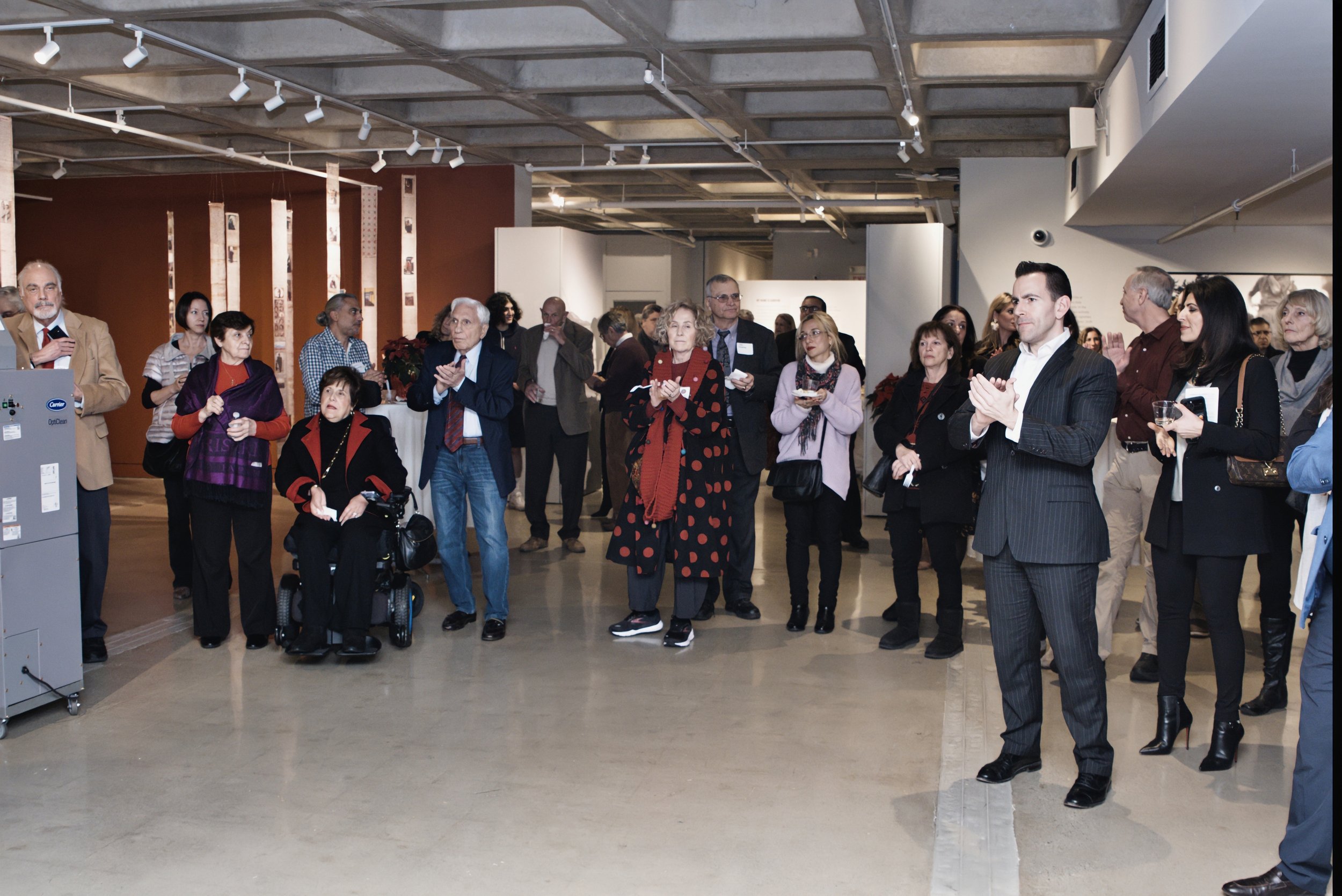By Christian Kelly
Mass Cultural Council has approved three new state-designated cultural districts in the communities of Holyoke, Watertown, and Westfield.
“This is a celebration of these three communities, their distinct local character, and their cultural vibrancy,” said Michael J. Bobbitt, Executive Director, Mass Cultural Council. “While Holyoke, Watertown, and Westfield are unique from one another and their peers in the Cultural Districts Initiative, what they share is a commitment to economic development through creative placemaking, celebrating – and prioritizing – arts and culture and using it as a tool to grow and support their local economies.”
As the Commonwealth’s independent state arts agency, Mass Cultural Council is charged with bolstering the creative and cultural sector, thereby advancing economic vitality, supporting transformational change, and celebrating, preserving, and inspiring creativity across all Massachusetts communities.
With the addition of Holyoke, Watertown, and Westfield, the Cultural District Initiative now encompasses 58 districts in communities statewide. The Agency’s Fiscal Year 2025 spending plan calls for a $15,000 investment into each of these state-designated Cultural Districts to encourage their ongoing development, programming, and success.
About the Massachusetts Cultural Districts Initiative
Established in 2011 by an act of the state Legislature, the Cultural Districts Initiative drives economic growth, strengthens the distinctive local character of communities, and improves the quality of life for families across Massachusetts. By supporting cultural and creative experiences, each of the Commonwealth’s 58 state-designated Cultural Districts attract tourists and entrepreneurs, which helps cities and towns develop their cultural sector and expand their tax base. Cultural Districts are located in communities of all sizes in every region of Massachusetts and are easy to navigate areas with a density of cultural facilities, activities, and assets. They act as hubs of cultural, artistic, and economic activity, and offer a place-based identity to collaborative community initiatives.
State law stipulates that state-designated Cultural Districts are eligible to benefit from programs, services, and economic development tools offered by state agencies, constitutional offices, and quasi-governmental agencies. This year the Healey-Driscoll Administration advanced this notion by adopting policies prioritizing grant applications submitted to the Community One Stop for Growth portal with projects located within Cultural Districts. Similar language is included in the pending economic development bond bill for the Mass Office of Travel and Tourism’s Destination Development Capital Grant Program.
About the Watertown Cultural District
The City of Watertown is a growing and engaged community; it has seen growth in population and revenue over the last decade and is planning for more in its future. Its diverse population, including one of the largest Armenian diasporas, supports a variety of restaurants and retail establishments that draw visitors from surrounding communities. These attributes solidify Watertown’s identify as a place for ‘bridging cultures.’
Watertown’s Cultural District will support inclusive and diverse cultural experiences that showcase the arts and strengthen the local economy by establishing the City as a cultural destination that is welcoming and engaging, encouraging public interaction, stimulating the creative economy, and preserving and amplifying Watertown’s diverse history.
“I am thrilled that Watertown now has a state-designated Cultural District,” said George Proakis, Watertown City Manager. “Our diverse arts and culture ecosystem will not only continue to strengthen with this designation, but we will further experience the many benefits of an inclusionary, innovative, and creative community.”
Watertown Square, at the intersection of Main St., Pleasant St., Galen St., Charles River Rd., North Beacon St., and Mount Auburn St., is the civic center and transportation hub of the City, and a growing cultural center. Its proximity to the Charles River, at the most inland navigable point by water from Boston Harbor, is a cherished feature of Watertown.
The Cultural District is home to many annual public events, boasting a long and growing list of arts and cultural assets including a premiere regional arts center, the Mosesian Center for the Arts, as well as world class institutions like Mount Auburn Cemetery, Perkins School for the Blind, and the Armenian Museum of America.
Programming at Saltonstall Park makes it a unique hub of entertainment and community connection in the City, as does the multitude of programs at the nearby Watertown Free Public Library, widely considered a gem in the crown of the state’s Minuteman Library Network. The district also includes two independent privately-owned art galleries, several creative businesses, and a multitude of restaurants serving menus from a wide array of cultural backgrounds.
Watertown has a history of amplifying culture and creativity, and this new Cultural District is the next step in this process. In the 2010s, the arts found a champion within the Watertown Public Arts and Culture Committee, producing several public murals and moving the city to create and adopt a Public Arts Master Plan (2021). There has also long been a desire to make Watertown Square more navigable and welcoming to pedestrians and cyclists while also accommodating daily vehicle traffic, and to encourage visitors to linger and patronize local businesses.
The Watertown Cultural District is poised to realize these goals by emphasizing the assets and programs that already exist and incentivizing initiatives that bolster the creative economy.
“The new Watertown Cultural District will be a crucial building block for the energizing and reimagining of Watertown Square as a gathering place for our community,” said Doug Orifice, Vice Chair of the Watertown Cultural District and President/Co-Founder of the Watertown Business Coalition. “We are grateful to Mass Cultural Council as they continue to be a tremendous partner to our City.”
“I am thrilled that Mass Cultural Council has designated a new Cultural District in Watertown,” said State Representative Steve Owens (D- Watertown). “Thanks to Mass Cultural Council for recognizing the Watertown Cultural Council’s hard work in cultivating robust creative and cultural programming to make this happen. I look forward to seeing Watertown Square become a thriving cultural district as a result of this designation.”




